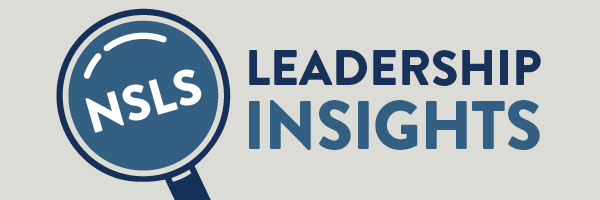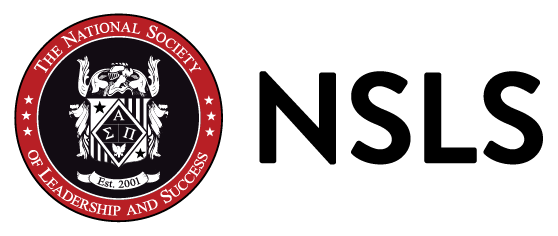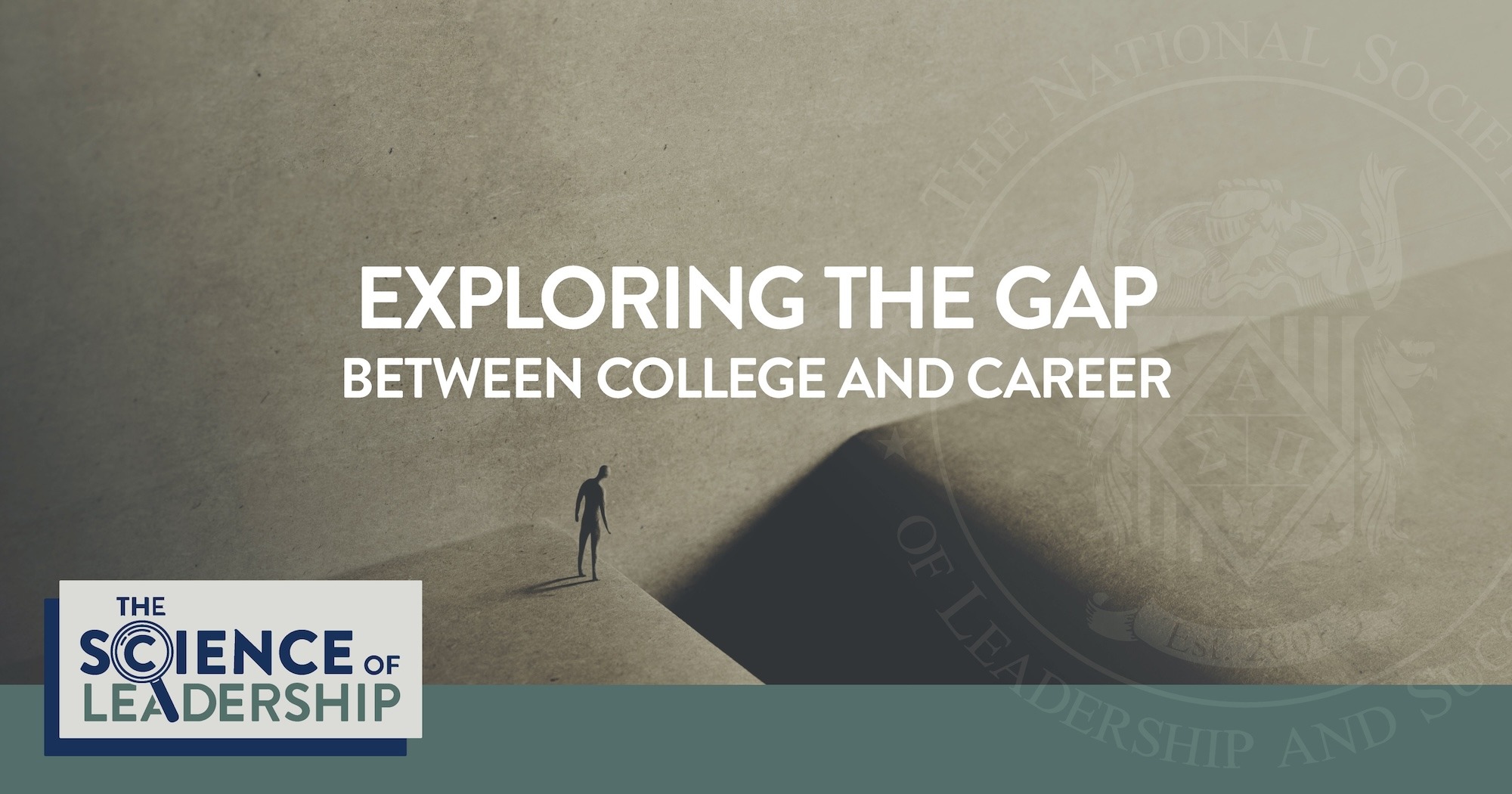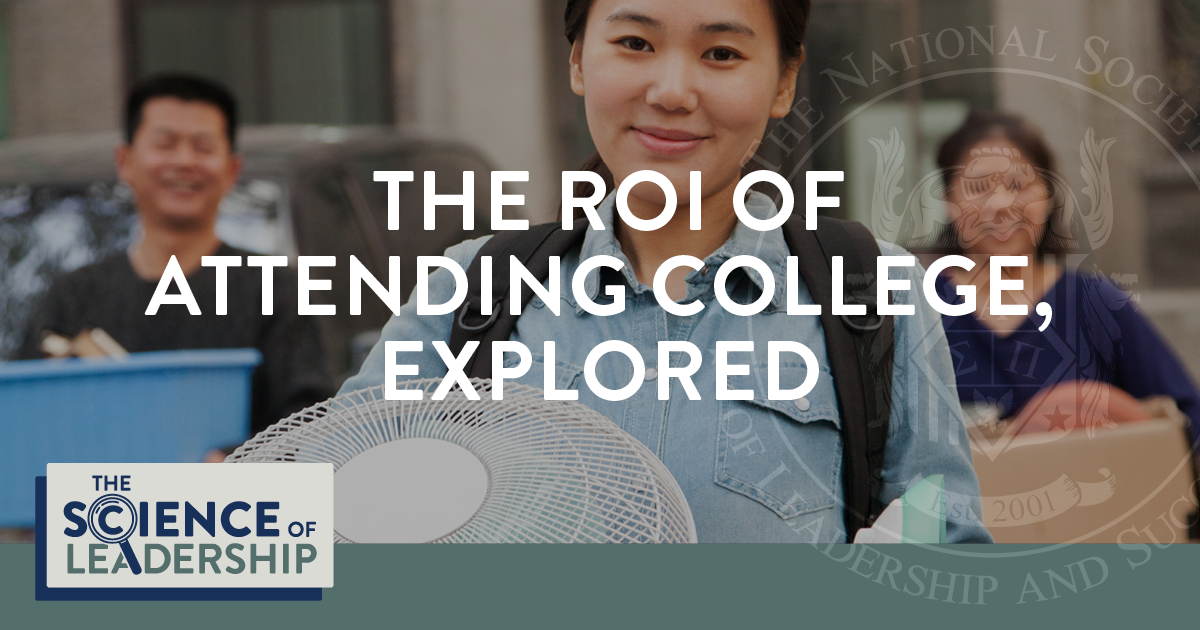Transitioning from the classroom to the professional workforce is never an easy task. After all, it’s a completely different lifestyle than traditional students have ever known.
On top of that huge shift, finding and landing a job that utilizes the degrees students spend years earning can be a major roadblock.
The University of Washington sums it up nicely: “The fact is that approximately 53 percent of college graduates are unemployed or working in a job that doesn't require a bachelor's degree. It takes the average college graduate three to six months to secure employment.”
If college is promised as one of the best ways to have a successful career, why is there such a huge gap between higher education and employment, and what can colleges do about it?
In this week’s The Science of Leadership, we explore a new report that digs into this topic and offers some actionable solutions that higher education institutions can consider.
From Student to Employee: Exploring the Gap
Before we dig into the new report, it’s important to explore the issue at a high level and why it can be so frustrating for students.
One of the biggest problems is that this issue has been around for years and it seems to only be getting worse. A 2015 report by The Washington Post explored the rise of internship culture, which was and still is one of the best ways for students to transition into a career.
“The tensions between these dual expectations of universities are evidenced by the steady rise of internship culture,” Becca Stanck writes in the article.
“While students try to reap the rewards of a liberal arts major or a discussion-based classroom setting, they’re also scrambling to get the concrete skill set and workplace knowledge that will land them somewhere besides their parents’ basements after graduation.”
She goes on to say that this tension has increased over the years thanks to the competitive nature of the job market, which can make post-grad life a stressful thought, even during freshman year.
Basically, students know that the transition into the workforce will be extremely difficult and that they’re not guaranteed success even after putting in all of the work.
That last part is very telling because, for a long time, college has been the golden ticket to a successful career in the eyes of students, parents, and employers. But most of the time, it doesn’t seem like earning that degree is enough, which leads to internships being the real gateway to employment.
“In today’s job market, internships are the new entry-level jobs, which in turn make entry-level jobs the new mid-level jobs. And that means that getting your foot in the door — even with a long list of internships on your resume and a Bachelor’s degree diploma in your hand — is increasingly difficult to do,” says Stanck.
But college students do not go to college to find internships; they go to launch careers and better themselves for the long term. How can colleges and universities adapt to bridge this gap and offer students a pathway of success that stretches beyond the classroom?
Bridging the Gap With Earlier Employer Engagement
According to a new report by the higher-ed nonprofit California Completes, a major step toward bridging the employment gap is for colleges to engage and work closely with employers.
In their report, Barriers & Opportunities for Building Higher Education-Employer Relations, the team suggests that higher ed may not be delivering candidates into the job market that meet the requirements of employers.
This lack of connection and teamwork between these groups may be one of the biggest gaps that need to be addressed.
“Effective higher education–employer partnerships are central to improving student employment outcomes, ensuring workforce needs are met, and boosting the state’s economic strength and competitiveness,” they write.
The team goes on to say that this issue impacts both parties equally. Higher education can increase post-grad student success and deliver what was promised to students at the get-go: a career for all of the money and time invested in a degree.

On the other hand, employers would get stronger candidates right out of school to help them achieve their business goals and have a robust talent pipeline.
So, how should the two get started working together?
For one, colleges and universities could hire more industry experts to teach classes or help students understand how to break into specific roles outside of the classroom.
Faculty and other core higher-ed professionals can also establish relationships with companies to ensure that the curriculum focuses on the skills needed to succeed in careers that deal directly with specific majors.
“This can be accomplished through advisory groups, work-based learning, employer-advised competency-based education, credit for prior (on-the-job) learning, and more,” the team writes.
“Many in the postsecondary education and workforce ecosystem note that higher education employer engagement should be incentivized, promoted, and supported for its many benefits, not just to the student, but also to the local community, region, and the state as a whole.”
In summary, the outcomes of working together are mutually beneficial for employers and higher ed institutions. Also, incentives and partnerships need to be made in order for students to gain the skills needed to perform.
While this seems like a no-brainer, it’s still quite challenging because employers and colleges have been siloed for too long, causing both to falter when it comes to post-grad success.
“Frankly, higher ed has had a very different function for a long time. It’s only in the past decade or two that the number one reason for our students to go to college was to find a good job,” California Completes Executive Director Su Jin Jez told Higher Ed Dive.
“That connection between work and higher ed hasn’t been explicit, even though what’s going to guarantee the biggest returns in the labor market is a postsecondary degree.”

Helping students develop the skills, habits, and attitudes needed to become modern leaders is a core mission of the NSLS. According to our forthcoming report, The State of Higher Ed 2022, we’ve found similar gaps between college and career.
Our report focuses on key soft skills that remain underdeveloped by the time a student graduates. These skills include leadership, communication, and decision-making, among many others.
While the underdevelopment of soft skills stretches further than just employment, we’ve found that many employers are noticing college grads aren’t prepared to utilize these skills as they enter the workforce.
There’s a disconnect between the skills delivered during college and those that employers expect students to have. This disconnect is very similar to what the new report has found.
If colleges and employers work together to help deliver the specific skills needed to succeed in the job market, students will be on a path to success from the start and the gap between school and career could begin to close.
Our State of Higher Ed report will be available soon, and we’ll dig into those findings in greater detail.
The Science of Leadership connects cutting-edge leadership research to the real world.
Ready to dig deeper? Read our recent article about the ROI of college and explore the soft skills gap Gen Z is facing.
Have a burning question about the topics we’ve covered? Email us at blog@nsls.org. We’d love to hear from you.




